Masterpieces of Japanese art donated to The Met, Freer│Sackler, and Portland Art Museum
Yosa Buson (Japanese, 1716–1783), Thatched Retreat on Cold Mountain (detail), early to mid-1770s, hanging scroll, ink and color on silk. Courtesy of Mary and Cheney Cowles, L2017.67.39. Courtesy of Portland Art Museum.
NEW YORK, NY.- The Metropolitan Museum of Art, the Freer|Sackler, and the Portland Art Museum announced jointly today that the three institutions are to receive superlative works of Japanese painting, calligraphy, and ceramics from Seattle-based collectors Mary and Cheney Cowles. The three gifts together total over 550 works and represent an extraordinary contribution to the understanding and enjoyment of Japanese art in the public realm.
Mr. and Mrs. Cowles's collection is one of the largest and finest comprehensive collections of Japanese painting and calligraphy in private hands in the West, with over 600 works ranging in date from the eighth century to the present day, most of which will be dispersed in the coming five years. In addition to the works on paper and silk, the collection includes over 100 ceramics, with a focus on early Edo-period porcelains, tea wares, and a carefully selected array of Meiji and contemporary works. The Cowles collection is particularly strong in paintings and calligraphy that have links to East Asian literary traditions across the centuries, with a focus on calligraphy, inscribed paintings, and works inspired by Japanese and Chinese poetry. The so-called Three Perfections of East Asian culture—the supreme arts of poetry, painting, and calligraphy—are all amply represented in this impressive collection.
Hakuin Ekaku, Filial Piety, 18th century, hanging scroll; ink on paper, Gift of Mary and Cheney Cowles, public domain, 2018.76.11. Courtesy of Portland Art Museum.
"The Met is deeply grateful to Mary and Cheney Cowles for this remarkable gift," said Max Hollein, Director of The Met. "These works add great strength to our collection by filling gaps or complementing our renowned holdings. The vision and generosity of Mr. and Mrs. Cowles significantly enhances our ability to tell a more comprehensive history of Japanese art for the millions who visit the Museum each year."
"This gift from Mary and Cheney Cowles to the Smithsonian's Freer|Sackler, the nation's museum of Asian art, is exceedingly generous," said Chase F. Robinson, the Dame Jillian Sackler Director of the Arthur M. Sackler Gallery and Freer Gallery of Art. "The most significant gift to our Japanese holdings since Charles Lang Freer's foundational bequest in 1919, it will transform our Japanese collection."
Ōtagaki Rengetsu (Japanese, 1791–1875), Samurai Footman with Poem, 1867, hanging scroll; ink and light color on paper, 12 13/16 x 17 1/2 in., Collection of Mary and Cheney Cowles. Courtesy of Portland Art Museum.
"This extraordinary gift will have a transformative impact on the Portland Art Museum and the artistic resources on the West Coast," said Maribeth Graybill, Ph.D., The Arlene and Harold Schnitzer Curator of Asian Art at the Portland Art Museum. "Each of these artworks is among the finest of its type. The addition of these works to the Museum's collection will make Portland an even more important destination for the study of Japanese art."
Cheney Cowles summarized his collecting activities: "As Mary and I consider the past 18 years of collecting Japanese art, it is pleasing to realize that any rules or limits on what to collect were abandoned fairly early on, giving us a great feeling of freedom to learn and develop new interests. For instance, the calligraphy holdings have expanded to become a significant part of the collection. We hope that our donations will support years of interest, enjoyment, and study for students, scholars, and the general public."
Tōdaiji Scriptorium, Fragment of the Avatamsaka Sutra: The Nigatsudō Burnt Sutra, 744, handscroll fragment mounted as a hanging scroll; silver on indigo paper, 9 3/16 x 43 3/4 in.; mounting by Sugimoto Hiroshi (Japanese, born 1948), Collection of Mary and Cheney Cowles. Courtesy of Portland Art Museum.
The Metropolitan Museum of Art will eventually receive over 200 Japanese paintings and calligraphies, carefully chosen to complement works already in The Met collection. Highlights include an exceedingly rare calligraphy by Musō Soseki (1275–1351)—one of the few surviving recognized works by this early Zen monk-calligrapher—boldly inscribed with the philosophical phrase "Abiding nowhere, achieve an enlightened mind," and ink paintings dating to the 14th to 17th century—such as Ink Landscape, by Sōami, and White Heron, by Tawaraya Sōtatsu. In the years to come, donations of two rare and important works by the 16th-century ink painter Sesson that were known and published earlier in the 20th century, but were long hidden, will nicely complement The Met's holdings of this influential artist. Calligraphy by Ikkyu Sōjun, along with other works created in the context of Zen monastic communities, will be the first such examples in The Met's collection. The gifts from Mr. and Mrs. Cowles—collectively designated as the Mary and Cheney Cowles Collection—will be celebrated as part of the Museum's 150th anniversary-related Collections Initiative. The Met is also planning an exhibition for 2023, that will be accompanied by a scholarly catalogue, commemorating a selection of works that will have entered the collection by then.
Shōkadō Shōjō (Japanese, 1584–1639), calligraphy; Tawaraya Sōtatsu (Japanese, died 1643), painting, Waka Poem by Kakinomoto no Hitomaro, One of the Thirty-Six Poetic Immortals, early 17th century, shikishi mounted as a hanging scroll, ink on gold- and silver-decorated paper. Courtesy of Mary and Cheney Cowles, L2017.67.4. Courtesy of Portland Art Museum.
The Smithsonian's Freer|Sackler is receiving more than 250 works of painting and calligraphy over five years. The first gift installment of 39 works (received in 2018)—a concentration of major literati paintings and significant early 20th-century works in the Nihonga style, both largely absent from the Freer's Japanese holdings—is a microcosm of the larger gift. At a time when the Freer Gallery's collection is nearing its centennial anniversary, in 2023, and the Gallery's staff look toward the future of the collection and the institution as a whole, this gift marks an unprecedented milestone, paying homage to both the Cowles's taste as collectors and the legacy of Charles Lang Freer. Of special significance is the large number of works by the artist Tomioka Tessai (1836–1924), whom Freer met in Japan. Tessai defied the facile equation of modernization and Westernization and portrayed a Japan then-emerging on the international stage through a Chinese lens. The Freer|Sackler looks forward to exhibiting a selection of the finest Tessai paintings from the Cowles collection, notable for their bold and often humorous traits, in spring and early summer 2020.
Inoue Yūichi (Japanese, 1916-1985), Shout, hanging scroll; ink and light color on paper, 94 x 176 in., Collection of Mary and Cheney Cowles. Courtesy of Portland Art Museum.
Portland Art Museum (PAM) announced that it had received 22 works in late 2018, the first in a planned series over five years that will total 100 works. These join 32 paintings, calligraphies, and ceramics donated to the Museum in the past decade. The artworks in the 2018 gift were among those on view recently in PAM's special exhibition Poetic Imagination in Japanese Art: Selections from the Collection of Mary and Cheney Cowles, which closed January 13, 2019. Last year's gift to PAM included many of the most striking works in that exhibition, spanning from the most ancient of the calligraphies, the eighth-century Nigatsudō Burnt Sutra, to an avant-garde modern work of expressionist calligraphy, Inoue Yuichi's Shout (1961). Other highlights include a hanging scroll depicting a competition between poets, dating to the 13th or 14th century; Thatched Retreat on Cold Mountain, a 1770s painting by the renowned poet Yosa Buson; the calligraphy Filial Piety, by Hakuin Ekaku (1685–1768), the most famous Zen master of Edo-period Japan; and a playful 1867 ink painting by the Buddhist nun Ōtagaki Rengetsu (1791–1875), Samurai Footman and Poem, the first work of Japanese painting that Cheney Cowles purchased. This year, the Portland Art Museum will present another valuable resource for appreciating the Cowles Collection with the publication of a fully illustrated catalogue in conjunction with PAM's recent special exhibition presenting new research by an international group of leading scholars.
Tokuyama Gyokuran (Japanese, 1727/8–1784), Old Plum, one of a pair of six-panel screens; ink and light color on paper, 53 5/16 x 105 5/8 in. each, Collection of Mary and Cheney Cowles. Courtesy of Portland Art Museum.
The Collector
Cheney Cowles has been collecting East Asian art in earnest for over four decades. His interest was first kindled while attending law school in the late 1960s, when his aunt, Phoebe McCoy, who was a docent at the Avery Brundage Collection in Golden Gate Park, now part of the Asian Art Museum of San Francisco, introduced him to Asian art collections there. In 1975, Mr. Cowles opened the Crane Gallery in Seattle, specializing in Asian antiques, which he owned and managed until his retirement in 2016. Mary Cowles became an active supporter of the couple's collecting activities after their marriage in 1977. The Cowles Collection gradually expanded in scope to include modern and contemporary Japanese paintings and calligraphies. Mr. and Mrs. Cowles have together also contributed to various exhibition and educational initiatives related to Asian art.
Yamamoto Baiitsu (Japanese, 1783-1856), Orchid Pavilion in Blue and Green, 1855, ink and color on silk, Courtesy of Mary and Cheney Cowles, , L2017.67.52. Courtesy of Portland Art Museum.
Watanabe Seitei (Japanese, 1851-1918), Birds and Flowers of Twelve Months and Four Seasons: Eighth Month (detail), 1905, 1 of 12 hanging scrolls; ink and color on silk, Gift of Mary and Cheney Cowles, public domain, 2018.76.17h. Courtesy of Portland Art Museum.
Japan, Saga prefecture, Arita kilns, Hizen Ware Early Imari Plate with Rabbit and Cloud Design, 1610s/1630s, porcelain with reserve design against a spattered ground of underglaze cobalt blue, Gift of Mary and Cheney Cowles, public domain, 2018.76.21. Courtesy of Portland Art Museum.
Japan, Saga prefecture, Kakiemon kiln, Octagonal Bottle with Chrysanthemum, Plum, and Bamboo Design, 1670s/1690s, porcelain with overglaze enamel and gold painting, Gift of Mary and Cheney Cowles, public domain, 2018.76.22. Courtesy of Portland Art Museum.

/https%3A%2F%2Fprofilepics.canalblog.com%2Fprofilepics%2F1%2F0%2F100183.jpg)
/https%3A%2F%2Fstorage.canalblog.com%2F03%2F02%2F119589%2F96711876_o.jpg)
/https%3A%2F%2Fstorage.canalblog.com%2F11%2F31%2F119589%2F94773502_o.jpg)
/https%3A%2F%2Fstorage.canalblog.com%2F20%2F83%2F119589%2F94772815_o.jpg)
/https%3A%2F%2Fstorage.canalblog.com%2F26%2F72%2F119589%2F75604929_o.jpg)
/https%3A%2F%2Fstorage.canalblog.com%2F59%2F60%2F119589%2F26458628_o.jpg)


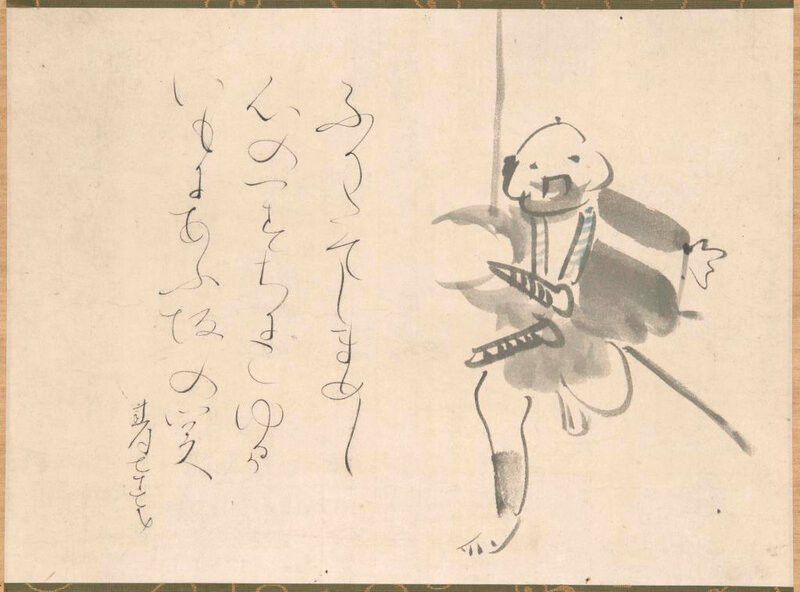

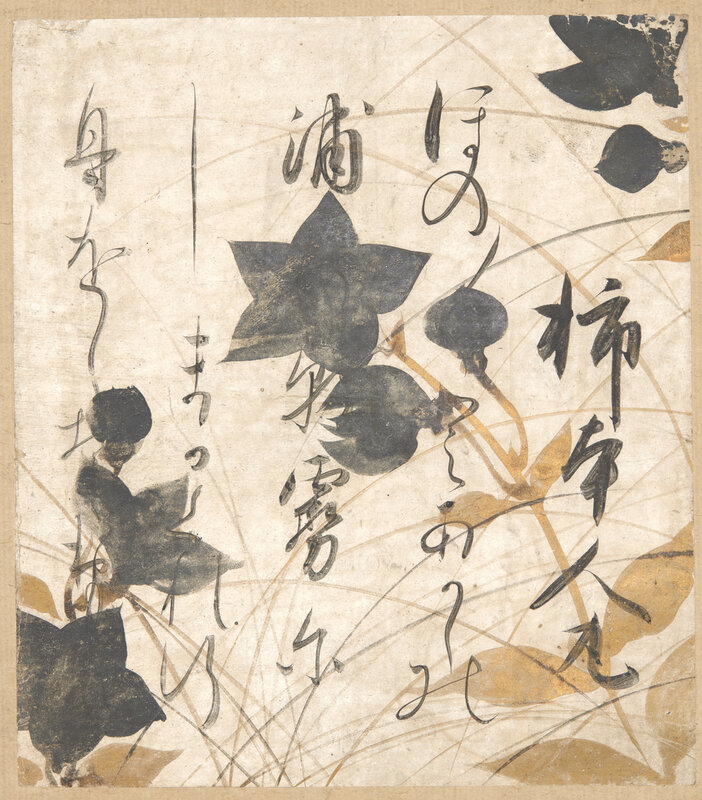

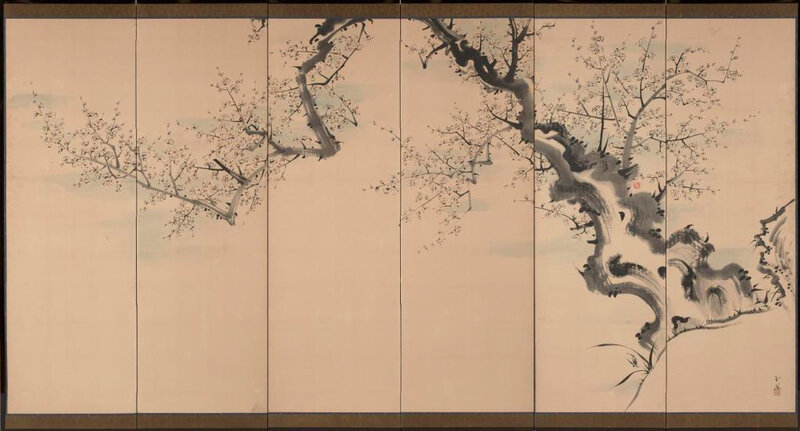


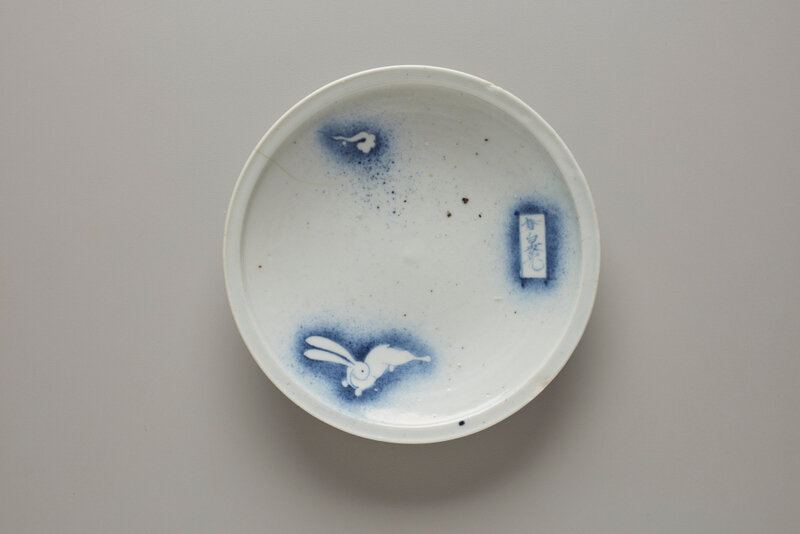


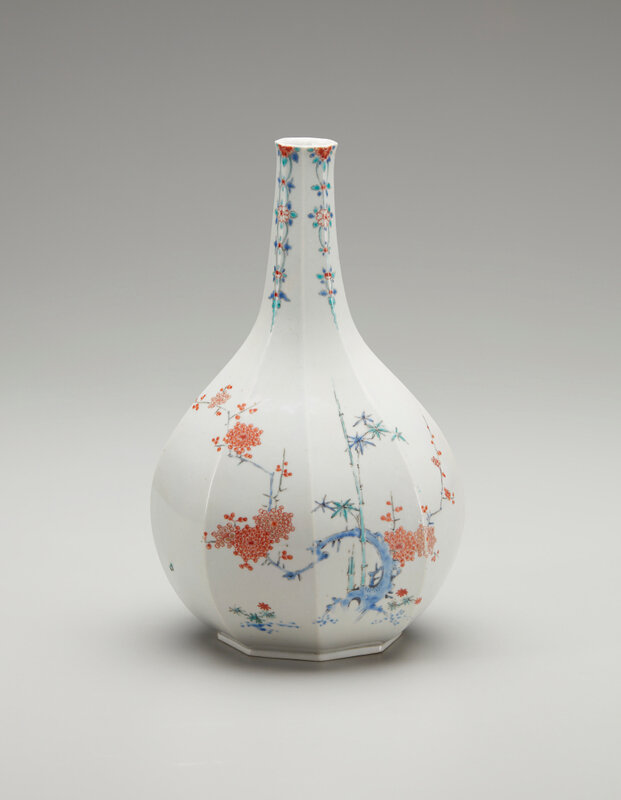

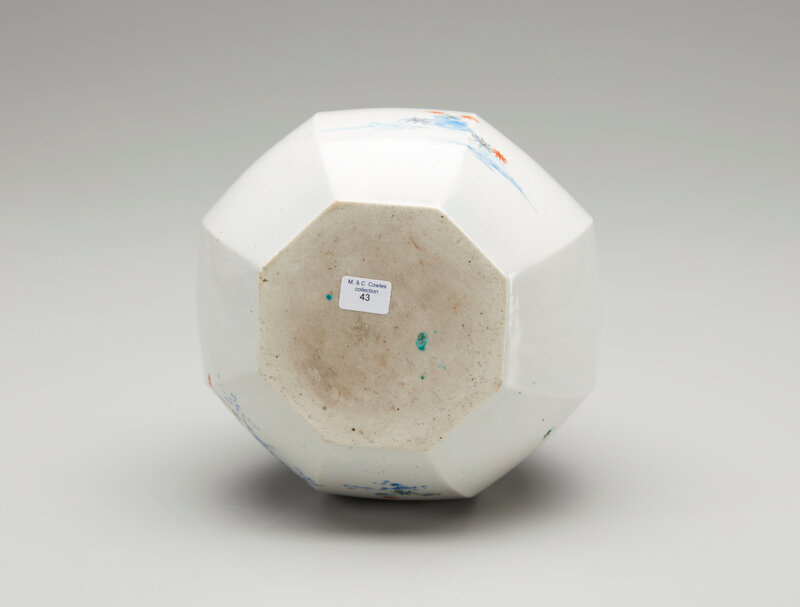


/http%3A%2F%2Fstorage.canalblog.com%2F04%2F20%2F119589%2F121179069_o.jpg)
/http%3A%2F%2Fstorage.canalblog.com%2F42%2F85%2F119589%2F121141129_o.jpg)
/http%3A%2F%2Fstorage.canalblog.com%2F62%2F84%2F119589%2F121127656_o.jpg)
/image%2F1371349%2F20240426%2Fob_dcd32f_telechargement-32.jpg)